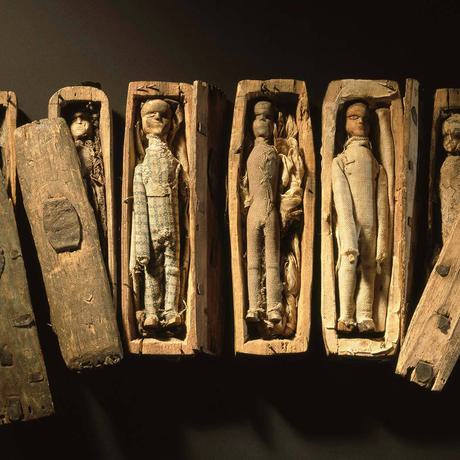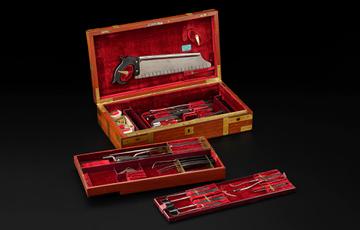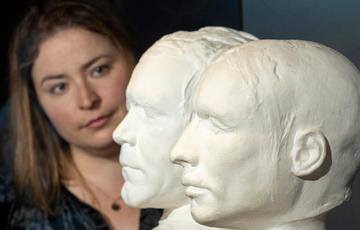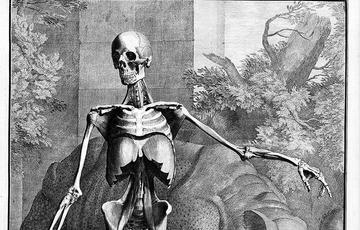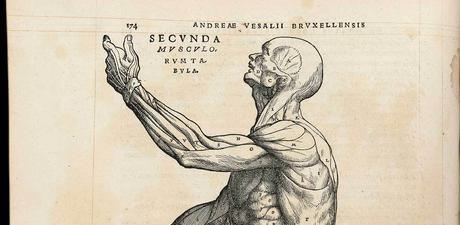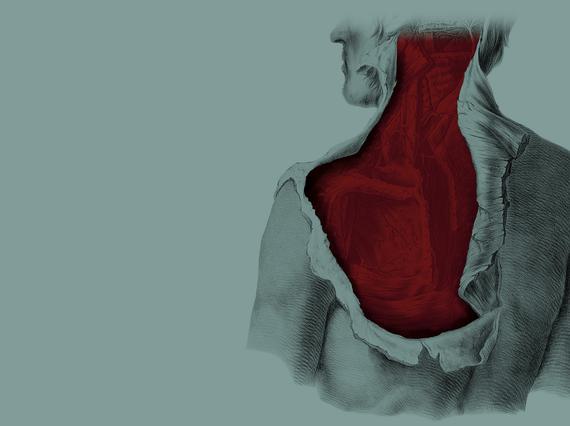
About Anatomy: A Matter of Death and Life
This exhibition explored the history of anatomical study, from artistic explorations by Leonardo da Vinci to the Burke and Hare murders.
4 Stars"Gripping"
4 Stars"...brings the whole story closer..."
4 Stars"First-rate exhibition"
Charting 500 years of medical exploration, the exhibition considered the social and medical history surrounding the dissection of human bodies. The role anatomy played in the Enlightenment, the links between science and crime in the early 19th century, and the approaches to anatomical study today were also highlighted.
On display were early examples of anatomical art, a full-body papier-mâché model produced in the workshops of pioneering 19th century model maker Louis Auzoux, and William Burke’s skeleton and handwritten confession. National Museums Scotland’s own collections on display included a ‘mort safe’, a heavy iron box placed over a coffin to deter would-be body snatchers, and the Arthur's Seat miniature coffins.
Exhibition highlights
You might also like
- Discover
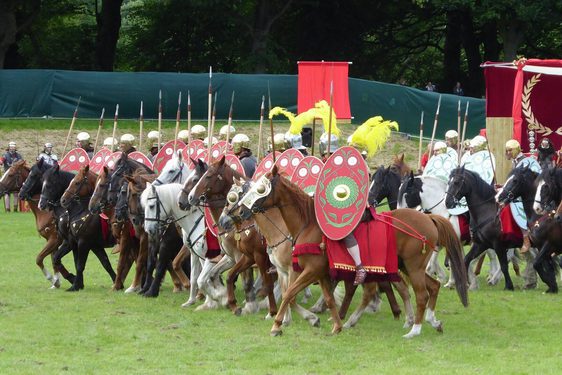
The Roman army in Scotland
People often wonder how the Roman army coped with Scottish weather, but very few soldiers came from the warmth of Italy! The frontier troops were drawn from many corners of the vast Roman Empire and were well used to fighting in all…Keep reading - Discover
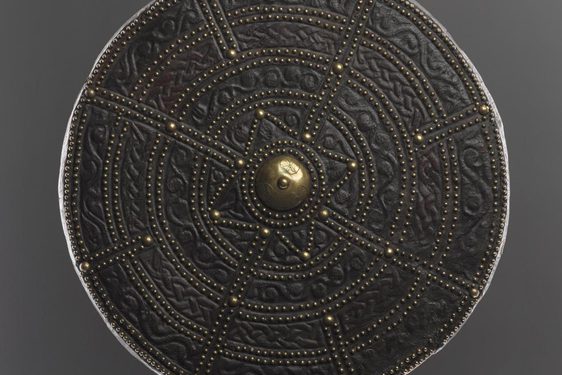
A hurried escape: Items abandoned by Bonnie Prince Charlie as he fled Culloden
After the Jacobites were defeated at the Battle of Culloden, Charles Edward Stuart fled in haste - and left a number of personal objects behind, which are now held in the National Collection.Keep reading - Discover
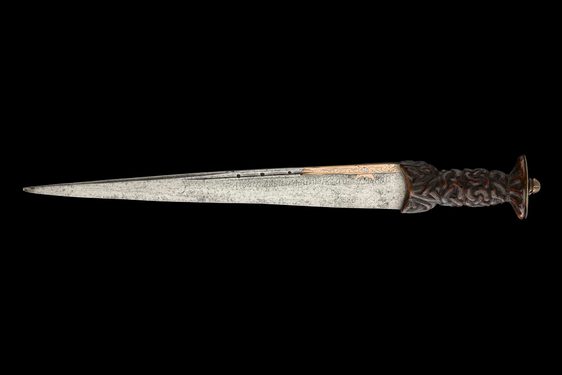
Tha sgeul ri innse: Stories of 15 Gaelic objects for the telling
Written by Anna MacQuarrieGlimpse into the material world of the Gàidhealtachd and its people, through the lens of Gaelic language, communities and culture.Keep reading
